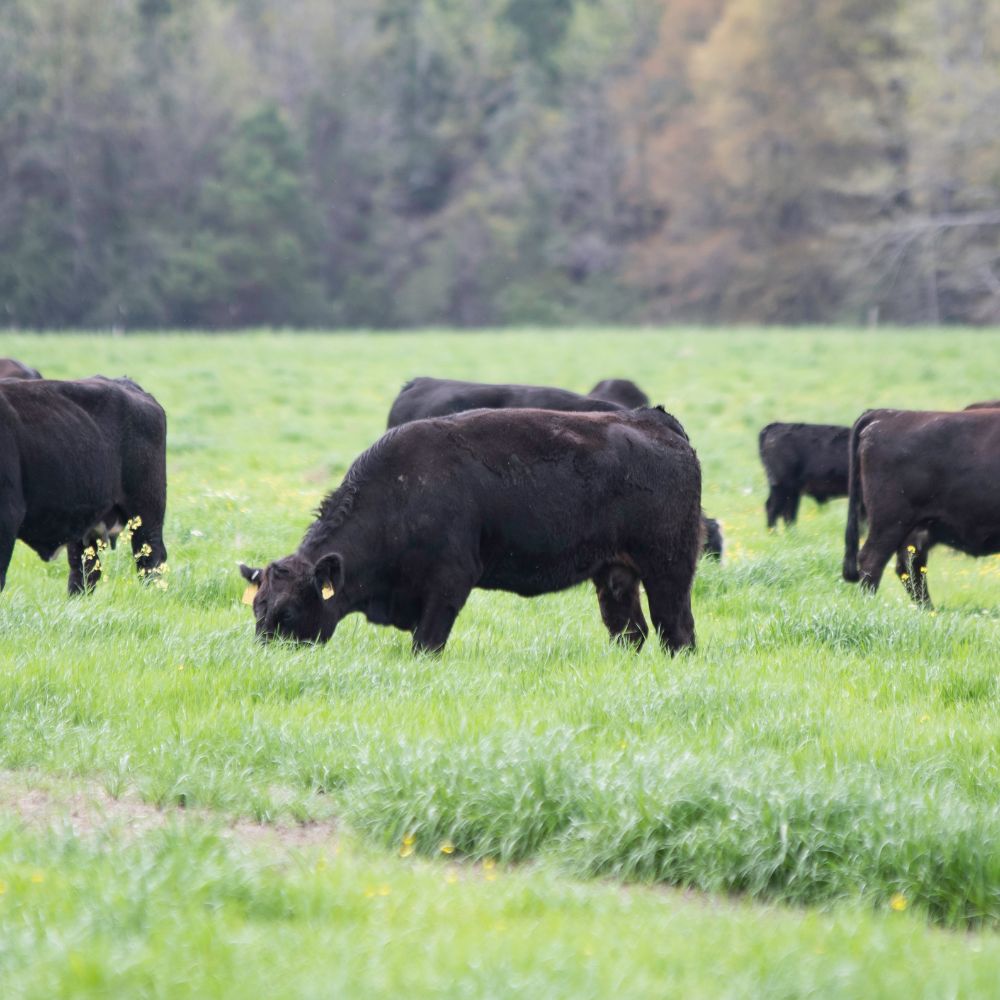The 9-Minute Rule for Bagley Risk Management
The 9-Minute Rule for Bagley Risk Management
Blog Article
How Bagley Risk Management can Save You Time, Stress, and Money.
Table of ContentsThe Best Strategy To Use For Bagley Risk ManagementBagley Risk Management Fundamentals ExplainedBagley Risk Management Things To Know Before You BuySome Of Bagley Risk ManagementBagley Risk Management Fundamentals Explained
In this manner, if rates do go down listed below that break-even factor by the end day, policyholders are protected against a loss. This is really similar to the method feedlots operate, though they make use of a standard hedge. When a herdsman contracts their livestock with a feedlot, they hedge those livestock to lock in the earnings factor.This will certainly be balanced out by the increased worth of the livestock., ranchers secure against a decrease in the futures board, however do not lose out on the higher return when prices go up.
They do this by choosing a lower percent of the forecasted finishing worth - Rma LRP. This is a wonderful strategy for those searching for reduced premium rates or who have a higher threat tolerance because of solid monetary wellness. This method might not secure earnings, yet it can protect against major market declines
There is not a lot of security or insurance coverage on a month-to-month basis, however if there is a serious accident, manufacturers have the comfort that originates from recognizing they will only be in charge of a particular quantity expense. Just keep in mind, wish for the best however get ready for the worst.
The Only Guide for Bagley Risk Management

Feeder cattle can be covered up to a 900-pound predicted end weight and fed cattle can be covered up to a 1,400-pound end weight. With a number of weight classes to choose from, it is possible to cover animals via the barnyard to the packer rail.
Applications can take a number of days to procedure and just filling up one out does not lock the applicant into a plan. Once the application is accepted and prepared, the LRP endorsement, with its end date and projected finishing worth, can be secured rapidly. This enables ranchers to cover calf bones when the price is right for their market danger monitoring objectives.
Image Courtesy USDA-NRCS Prices for calves, feeder cattle and finished cattle have actually set some brand-new records this loss and early winter months. A mix of circumstances has actually precipitated these historical costs. There is presently a great deal of careful positive outlook on the component of cow-calf manufacturers as they take a look at the future.
Bagley Risk Management - An Overview

There link are some advantages to producers in making use of LRP insurance as contrasted to a typical feeder livestock contract or acquisition of an option - Rma LRP. One is the adaptability in the number of cattle that can be guaranteed. There is no lower restriction to the variety of livestock that can be insured
There is no responsibility to sell livestock on which you have actually acquired LRP Feeder Livestock protection. You may choose to preserve possession and still be qualified for the indemnity needs to the Actual End Worth drop below your Protection Price. You may market livestock covered by LRP at any kind of time, provided the transfer of ownership does not take place greater than 60 days before the LRP Agreement End Day.
If cattle die and your Ag, Risk Consultant is notified within 72 hours of you discovering of the fatality, the insurance coverage remains effectively, and the manufacturer is qualified for indemnities as a result of rate loss, also on those animals which perished. Yes! Calves can currently be covered prior to unguis struck the ground.
Bagley Risk Management - An Overview

Applications make sure newbie clients can be pre-approved to create an LRP plan It is totally free! Action 2) Lock in an Unique Coverage Recommendation (SCE) when you find a quote that meets your goals (Livestock risk protection insurance). With each other, we'll safeguard your financial investment.
With the nonstop fluctuation and changability of the market, Livestock Risk Defense (LRP) is something all cattle producers should think about. The main purpose of LRP is to secure versus the unexpected downward cost activity in the industry by setting a base on any kind of offered date and kind of livestock you want to guarantee.
The smart Trick of Bagley Risk Management That Nobody is Discussing
There are a selection of insurance coverage degree options varying from 70 to one hundred percent of the expected finishing value (https://www.twitch.tv/bagleyriskmng/about). At the end of the selected insurance policy duration, if the actual ending value is listed below the insurance coverage price, you will be paid an indemnity for the distinction in rate. Manufacturer anticipates to market 1,000 head of 11cwt livestock and selects protection of $66
Since 2020, LRP (Livestock) is now available in all states when the marketplace is available. 1. Feeder Cattle with finishing weights under 600lbs or 600lbs-900lbs, and 2. Fed Livestock with ending weights between 1,000lbs-1,400 pounds that will be marketed for slaughter near the end of the insurance policy duration. whereas animals insurance coverage does.
Report this page